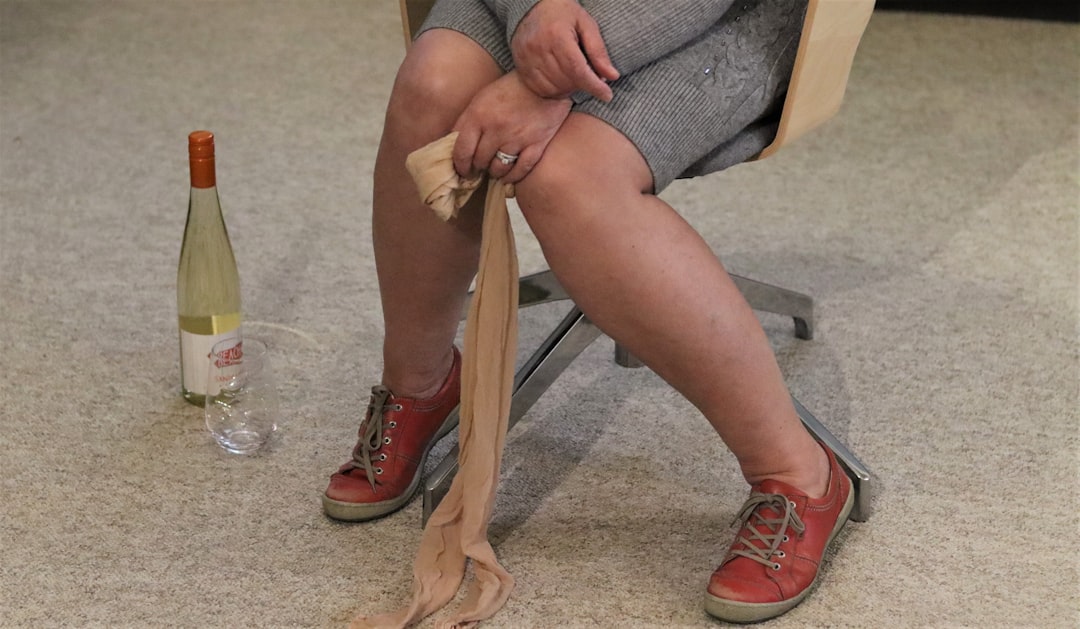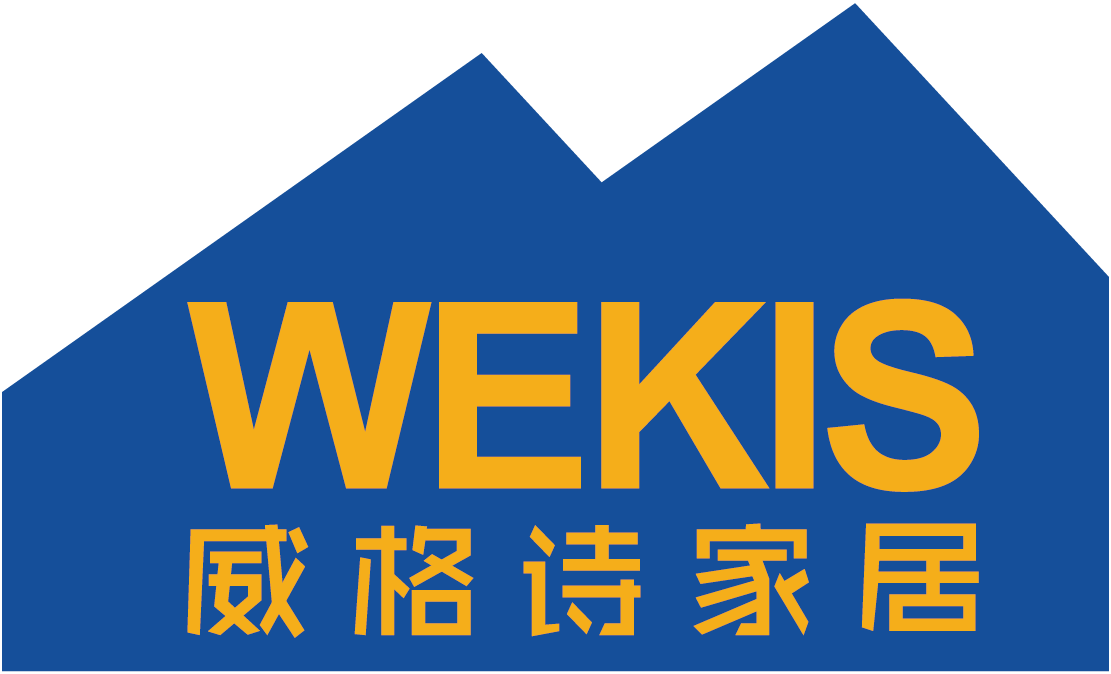Crafting Your Vision: The Ultimate Guide to Understanding, Selecting, and Customizing Metal Table Bases for Enduring Style and Functionality
Crafting Your Vision: The Ultimate Guide to Understanding, Selecting, and Customizing Metal Table Bases for Enduring Style and Functionality
Tables are more than just functional surfaces; they are centerpieces that define spaces, gather people, and reflect personal style. While tabletops often steal the spotlight, the foundation—the table base—plays an equally crucial role in stability, design, and longevity. Custom metal table bases have emerged as a top choice, offering a unique blend of robust performance and limitless aesthetic possibilities.
This guide will delve into the world of custom metal table bases, providing you with the insights needed to make informed decisions and create a piece that perfectly suits your vision and serves your needs for years to come.
1. Why Choose Custom Metal? Unparalleled Advantages
Opting for a custom metal table base brings a host of benefits that mass-produced alternatives simply cannot match:
- Exceptional Durability and Strength: Metal, particularly steel, iron, and aluminum, offers superior strength and resilience, capable of supporting even the heaviest tabletops. Unlike wood or composite materials that can warp or degrade over time, metal bases maintain their integrity through decades of use, making them highly resistant to wear and tear.
- Design Freedom and Personalization: Customization allows you to dictate the exact size, shape, and finish, perfectly aligning the base with your specific preferences and existing decor.
- Aesthetic Versatility: Metal bases seamlessly integrate with various interior styles, from minimalist and modern to industrial, rustic, or mid-century, adding an architectural and grounded presence to any room.
- Longevity and Value: While the initial investment might be higher than some alternatives, metal bases are recognized for their long lifespan, proving to be economical in the long run by reducing replacement needs.
- Low Maintenance: Metal table bases are generally easy to clean and maintain, often requiring just a moist towel to remove dust or grime.
2. Exploring the Palette: Common Metals Used in Table Base Fabrication
The choice of metal significantly impacts the base's properties and final appearance. The most common materials include:
- Steel (Carbon Steel, Stainless Steel, Mild Steel): Known for its exceptional strength and versatility, steel is a popular choice for various base designs. Stainless steel offers excellent corrosion resistance, making it suitable for both indoor and outdoor applications.
- Cast Iron: Renowned for its immense weight and durability, cast iron bases are ideal for heavy-duty commercial use and provide a classic, robust aesthetic.
- Aluminum: Lighter than steel or cast iron, aluminum is rust-resistant, making it a great option for outdoor furniture where weight is a consideration.
- Brass & Chrome: These metals provide a polished, sophisticated, and often more decorative finish, adding a touch of luxury.
3. A World of Aesthetics: Popular Styles of Custom Metal Table Bases
Custom metal bases can be crafted into an astonishing array of styles, each imparting a distinct character to your table:
X-Frame / Cross-legged: A highly popular choice, X-shaped bases offer exceptional stability and a balanced look, often associated with farmhouse and industrial designs.

U-Frame: Characterized by clean, minimalist lines, U-shaped bases are perfect for modern and industrial workspaces, providing ample legroom.
Hairpin Legs: A mid-century modern icon, hairpin legs are slender, U-shaped rods (typically two or three prongs) that offer a sleek, minimalist aesthetic. They are versatile for various table sizes but are best suited for lighter tabletops.

Pedestal Base: Featuring a single central column, pedestal bases are excellent for round or smaller tables, maximizing legroom and providing a sleek, modern, or traditional look depending on design.

Spider Base: Often seen with distinct, branching support arms, spider bases provide a unique and contemporary aesthetic, particularly popular for round or square glass and marble tops.
Trestle Base: Offering robust support and a classic, often rustic or industrial, aesthetic, trestle bases consist of horizontal beams supported by vertical frames.
Trapezoid and A-Frame Legs: These geometric designs offer a modern and stable support, making a bold statement.
Straight Legs: The simplest and most universal design, consisting of vertical round or square tubes, ideal for a clean and functional look.
4. Beyond Looks: Crucial Considerations for Your Custom Metal Table Base
Selecting the right base goes beyond aesthetics; functionality and practical considerations are key:
- Tabletop Size and Weight: The dimensions and heft of your tabletop are paramount. Heavier materials like stone or thick wood require robust bases like X-frames, H-frames, or double-based designs to ensure adequate support and prevent warping or wobble.
- Intended Use: Will it be a dining table, a heavy-duty workbench, an outdoor patio table, or a decorative console? The purpose dictates the required strength, stability, and finish.
- Height and Proportions: The overall height of the finished table (including the tabletop) must comfortably accommodate its use and accompanying chairs. Thicker tabletops might require slightly shorter legs to maintain the desired ergonomic height.
- Seating Considerations: The base's design affects legroom and seating capacity. Central bases (like pedestals) offer more flexibility for seating arrangements around round tables, while splayed or off-center legs are better for rectangular tables.
- Environment: For outdoor use, metals like aluminum or stainless steel with corrosion-resistant finishes are better suited to withstand varying climates.
5. Finishing Touches: Transforming Metal with Color and Texture
The finish chosen for your metal base dramatically impacts its final look and durability. Popular options include:
- Powder Coating: A highly durable and chip-resistant finish available in an extensive range of colors, providing both protection and aesthetic versatility.
- Brushed Finishes: Offers a subtle, directional texture that reduces reflectivity, common in stainless steel or aluminum.
- Polished Finishes: Creates a sleek, reflective surface, often seen on chrome or polished brass, lending a modern and sophisticated look.
- Raw Steel: For an authentic industrial or rustic aesthetic, leaving the steel raw (often with a clear protective coat) showcases its natural character.
- Patinaed Surfaces: Achieved through specific chemical treatments, patinas create a vintage or antique look.
6. The Art of Pairings: Matching Custom Metal Bases with Tabletop Materials
One of the greatest advantages of custom metal bases is their versatility in pairing with diverse tabletop materials, creating unique and striking compositions. Metal's strength and adaptable aesthetics allow it to complement virtually any surface:
| Tabletop Material | Recommended Metal Base Styles | Suggested Finishes |
|---|---|---|
| Live-Edge Wood | X-Frame, U-Frame, Trapezoid, Square Legs | Raw Steel, Matte Black, Patinaed |
| Polished Marble | Pedestal, Spider, Sleek U-Frame | Polished Chrome, Brass, White Powder Coat |
| Glass | Spider, Hairpin, Minimalist Geometric Frames | Brushed Stainless Steel, Black Powder Coat |
| Concrete | U-Frame, H-Frame, Heavy-duty Square Legs | Matte Black, Industrial Grey, Raw Steel |
| Epoxy Resin | X-Frame, Trestle, Angled Legs (with attention to proportion) | Matte Black, Bronze, Polished Finishes for vibrant resins |
7. Residential vs. Commercial: Tailoring Your Base to Its Environment
The intended environment—whether a cozy home dining room or a bustling restaurant—influences the optimal choice of metal base. Commercial settings demand exceptional durability and stability to withstand high traffic and frequent cleaning. Cast iron and heavy-duty steel bases are often preferred for their robustness in cafes and restaurants. For residential use, aesthetics and specific design visions can take precedence, allowing for a wider range of styles and lighter-duty materials like hairpin legs for coffee tables.
8. The Customization Journey: From Conception to Creation
Engaging with a custom metal fabricator allows you to bring your unique design vision to life. The process typically involves:
- Detailed Discussion: Sharing your design ideas, functional needs, and the specific tabletop you plan to use.
- Material and Style Selection: Choosing the appropriate metal type and base style based on expert recommendations and your aesthetic preferences.
- Dimensioning and Engineering: Precision measurements ensure the base perfectly supports your tabletop and fits your space. Custom fabrication allows for exact adjustments to meet your needs.
- Finishing: Selecting the ideal coating or polish for both protection and visual appeal.
- Fabrication and Quality Control: Skilled metalworkers handcraft your base, ensuring high-quality welds and consistent finishes.
9. Investing Wisely: Longevity and Value of Custom Metal Table Bases
Choosing a custom metal table base is an investment that pays dividends over time. While the upfront cost might be higher, the inherent durability and longevity of metal mean your table will last for generations, resisting wear, tear, and the need for frequent replacements. This makes metal bases a sustainable and economically sound choice, adding significant value and a sense of permanence to your furniture.
10. Maintenance and Care: Keeping Your Metal Base Pristine
Maintaining your custom metal table base is straightforward, ensuring its beauty endures:
- Regular Cleaning: A soft cloth and mild soap and water are usually sufficient for routine cleaning.
- Avoid Harsh Chemicals: Abrasive cleaners or strong chemicals can damage the finish. Opt for cleaners specifically designed for your metal type if needed.
- Protect from Moisture (if not rust-resistant): For non-stainless steel or uncoated raw steel, wipe away spills promptly to prevent rust. Ensure powder coats are intact.
- Inspect Periodically: Check for any loose bolts (if applicable) or signs of wear, especially in high-traffic areas, to address minor issues before they become significant.
Conclusion: Your Foundation for Lasting Design
A custom metal table base is more than just a support structure; it's the anchor of your furniture, providing unmatched strength, durability, and a canvas for personal expression. From minimalist hairpin legs to robust X-frames, the possibilities for creating a truly unique and lasting piece are endless. By carefully considering your needs, exploring material and finish options, and trusting skilled fabricators, you can craft a table that not only endures for generations but also stands as a testament to thoughtful design and quality craftsmanship.
